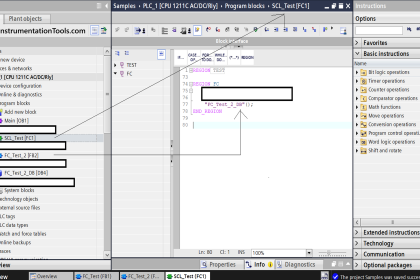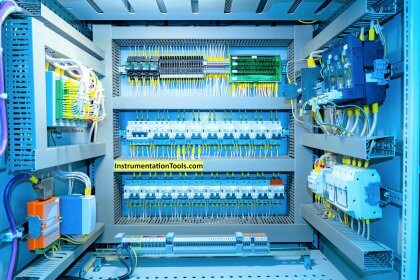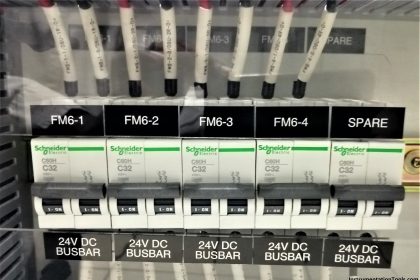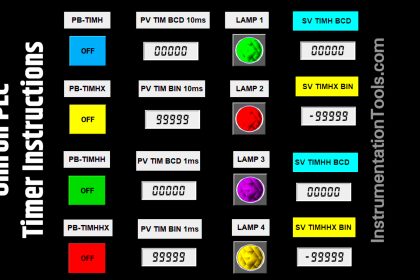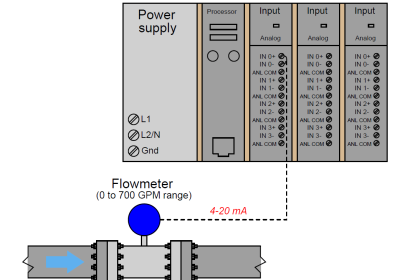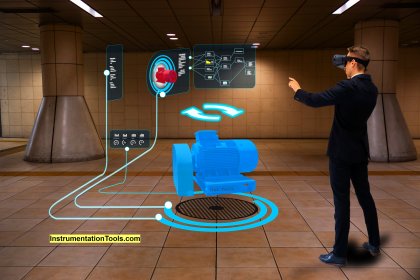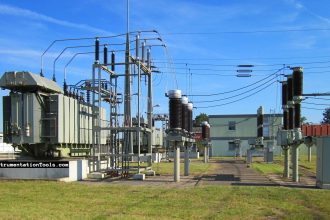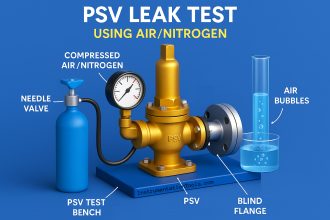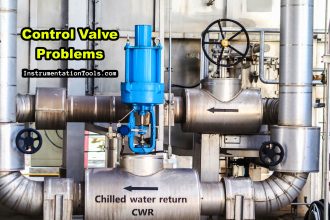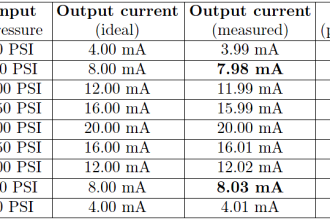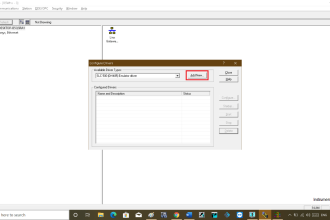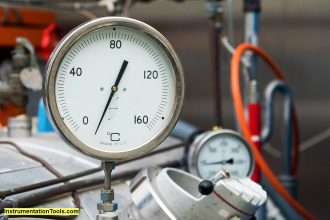Totally Integrated Automation (TIA) software from Siemens is one of the best PLC Automation software platform in the world, it offers a lot of great features.
one of these features is the ability to size and configure your memory using Static or Temp locations, as a professional PLC programmer you have to organize your code and also your DataBase as that would really accelerate your scan cycle managing your PLC to perform faster.
So here we are to talk about those two types of memory (Static & Temp) and also we will see what is the difference between them.
What is Static Memory?
Static memory is a type of memory which is non-volatile, it stores data permanently with fixed addresses.
The stored data would be changed in case of overwriting so it could remain for several scan cycles without changing, this kind of memory only allocated at Function Blocks (FB).
What is Temp Memory?
For Temp memory We can say that it is a Volatile one as the data can not remain for just one cycle.
It stores data for a single scan cycle and after that, the data will be lost, this kind of memory is allocated in the organizational Blocks (OB), Functions (FC), or Function Blocks (FB).
We can summarize that “Static memory has a reserved place for storing data but Temp memory does not have”
Usage of Static and Temp Memory in PLC
Now, we already know what is the difference between both and what is really a static and temp memories are but the big deal is to know how and when you should use these memories.
As a PLC programmer, all of us know very well about Static memory, it is the place where our data is stored such as temperature reading, power consumption for the plant, or the status of your digital sensors in the plant.
All of this data should be stored in a static memory to ensure that the data will not be lost as we want to reuse it again in other places of your code.
Unlike the Temp memory, you can use it when the stored data is needed for just one scan cycle, after that the stored data will be useless so definitely there is no need to reserve a place for this data.
Here we can store it into a temp memory until the job is done after that the memory will be free again that would really make a huge minimization of your storage memory (for large plants coding), maybe you can use this type of memory in mathematical operations or transferring and conversion between data.
Monitoring Level of Tanks
The best way to understand anything is to relate it with an example so, here we are with a simple code that monitors the level of ten tanks, each tank has its own Level Transmitter.
and as all of us knows the analog input for Siemens PLC is detected by Input word (IW0, IW2, IW4 …..), but for more accurate calculation most programmers convert it to Real data type (Double word), so for now we should convert every level transmitter to a Real data type before the processing.
So, this situation is for you, would you prefer to use ten static area locations for the conversion of every level transmitter!! Or using single Temp area that can make the same thing for the ten transmitters!!
I think it would be much better if we used a single Temp memory for customize and minimize the size of memory.
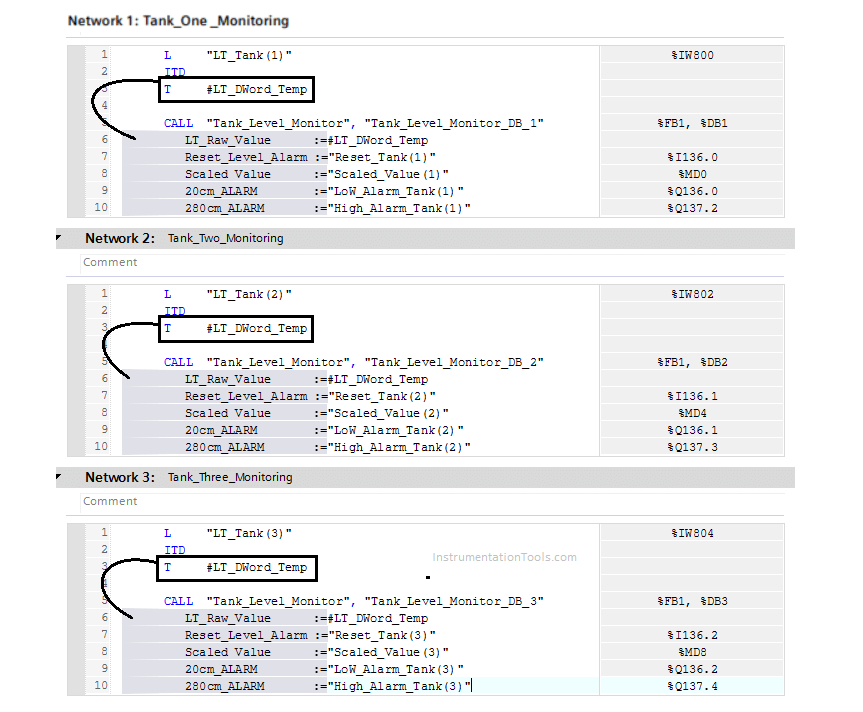
Download Siemens TIA Example Logic
Summary
Temp memory would really minimize your program size if it can be used in your program.
Static memory has the ability to maintain data over several scan cycles to reuse it again in your code, both are important to use and to enhance your PLC program.
If you liked this article, then please subscribe to our YouTube Channel for PLC and SCADA video tutorials.
You can also follow us on Facebook and Twitter to receive daily updates.
Read Next:

